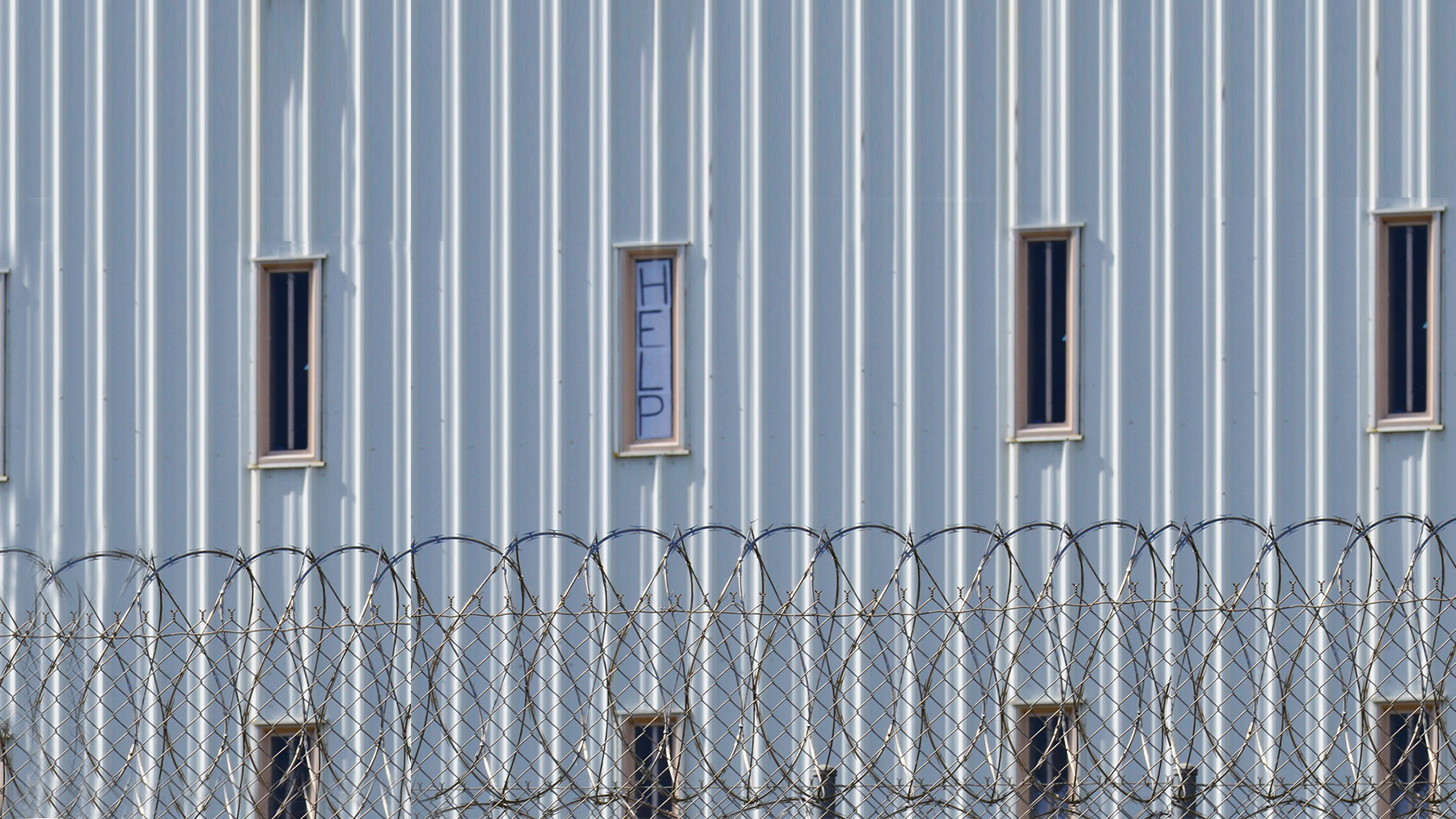Alabama Gov. Kay Ivey has called for a special legislative session this week regarding the state’s prison infrastructure. It’s true that Alabama’s prisons are in crisis due to violence and overcrowding. In fact, they’ve been in crisis for quite some time. In 1973, a four-volume study of the prisons – Corrections in Alabama: A Master Plan – was released.
In the study sponsored by the Alabama Law Enforcement Planning Agency and developed by the Center for Correctional Psychology at the University of Alabama (now the Psychology & Law Concentration), the authors outlined the state of Alabama’s prison system, specific recommendations for each component of the corrections system and a list of agencies and organizations that could be considered potential referral sources.
Potential solutions proposed for the state’s corrections system included creating special contingency plans or community placements for aged or chronically infirm incarcerated individuals; increasing emphasis on rehabilitation and job skills; and provision of adequate medical, social and mental health services.
Why then, are we still grappling with these same issues almost a half century after this report was released?
Today, Alabama’s prison system is one of the most overcrowded and violent carceral systems in the country. People living in Alabama Department of Corrections (ADOC) facilities are increasingly older and sicker. The inadequacies of ADOC’s provision of medical and mental health services are the subject of an SPLC federal lawsuit. All 13 of the male-designated facilities are the subject of an additional lawsuit by the U.S. Department of Justice (DOJ), the result of an investigation launched under the Trump administration – a remarkable occurrence for an administration that was averse to any action that might make it appear “soft on crime.”
“[W]e have reasonable cause to believe that Alabama routinely violates the constitutional rights of prisoners housed in … Alabama’s prisons by failing to protect them from prisoner-on-prisoner violence and prisoner-on-prisoner sexual abuse, and by failing to provide safe conditions,” according to a DOJ letter of investigation findings sent to the governor in April 2019. “The violations are exacerbated by serious deficiencies in staffing and supervision and overcrowding.”
It’s not like we don’t know what needs to be done. Time and again, it’s been made clear that the path forward must include substantial decarceration by way of sentencing reforms, fixes to Alabama’s broken pardons and parole process, or opportunities for resentencing for people whose sentences should be reviewed. The objectives of the 1973 study, for example, included deinstitutionalization for the maximum feasible number of people, the utmost development of community resources for the treatment of incarcerated and formerly incarcerated people and the development of alternatives of incarceration.
Yet Alabama is on the precipice of spending at least $1.2 billion constructing new facilities without a robust conversation about why there are still so many people who live in our prisons.
It’s important to understand the true cost of this $1.2 billion project. Of those funds, at least $400 million is slated to come out of federal COVID relief dollars provided under the American Rescue Plan Act. That means money that was intended to improve your access to health care, provide personal protective equipment to the teachers in your local school system, create a lifeline for struggling small businesses and give families the relief they desperately need after 18 months of struggle simply won’t be there.
Instead, it will go to building new cages for our neighbors.
Currently and formerly incarcerated people, their family members, advocates, the Department of Justice, the federal court system, a special study commission from nearly 50 years ago – all of these groups have laid out clear alternatives to incarceration or to construction that would actually impact the violence, death and corruption we see in ADOC.
The question now is whether or not the state will choose to listen or continue to make the same mistakes that have been made for decades.
We cannot afford to look back on this moment five decades from now and regret another missed opportunity to reform our justice system.
Katie Glenn is policy associate for the SPLC in Alabama.
Photo at top: AP/Kim Chandler



